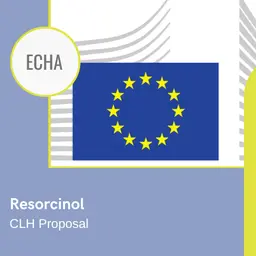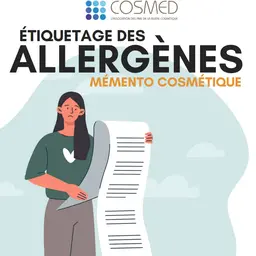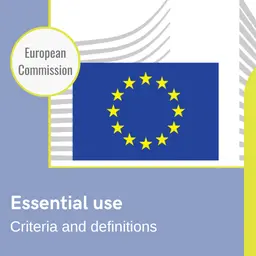
Contrary to what some people stubbornly continue to say, the fight against potentially harmful substances in ingredients is no longer the privilege of some "baba-ecologists" opposed, as a matter of principle, to any technical progress. In France, this debate has been a topic for a long time. However, it is now a world sanitary and a political issues. "The Campaign for Safe Cosmetics" in North America, supported by the highly publicized animated film by Annie Leonard, is a proof. This is confirmed now by the mobilization of Canadian citizens, following the Suzuki foundation call.
October 22, 2010
The Suzuki Foundation, in Ottawa, is dedicated to "protect the diversity of nature and our quality of life, now and for the future". Last spring, it conducted a survey in Canada to measure the presence of potentially harmful substances in the cosmetics and to raise awareness of citizens on this topic.
It took as target "twelve harmful substances to avoid". Then, it asked consumers to check whether they were in the ingredients of their daily-used cosmetics. More than 6,200 Canadians have answered, and gave data on 12,500 personal-care products.
The result, as per the Foundation, "
Four out of five of the products entered in the survey contained at least one ingredients with suspected links to environmental or health problems — including cancer, reproductive disorders, asthma and severe allergies."
The "dirty dozen" of the Suzuki Foundation
This list of twelve ingredients is new in no way. One finds the substances regularly targeted for their harmful potential to health and to the environment. Nevertheless, this survey gave figures that prove their frequent presence in the products.
This list includes:
• BHA and BHT
• Dyes derived from coal tar (p-phenylenediamine) and dyes identified by « CI » followed …













